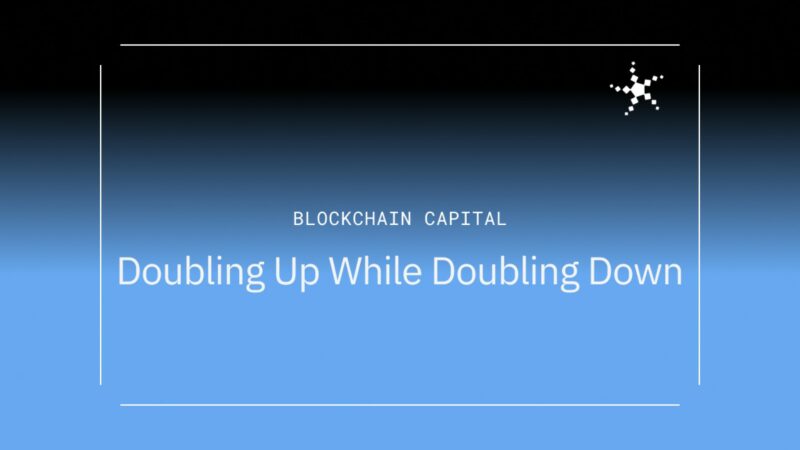The European Central Bank insists on its plan: a digital euro available by 2029, with a pilot phase starting in 2027. The goal is to provide a sovereign alternative to counter the dominance of American payments, stablecoins, Visa, Mastercard, PayPal, as the use of cash is collapsing across Europe. However, the promised revolution is now facing growing opposition, led by banks and several European parliamentarians.
European Banks Standing Against the Digital Euro
Fourteen major institutions, including Deutsche Bank, BNP Paribas, and ING, have officially expressed their opposition to the project. Their criticism is direct: the ECB is offering a product that duplicates their own stablecoin solutions, with no tangible benefit for consumers. These banks have launched their own alternative, called Wero, intended to embody a European private response to American dominance in online payments. According to them, the risk is clear: public entities creating artificial competition and destabilizing a market already in full transformation.
A Divided European Parliament
On the political front, the project’s rapporteur, the conservative Spanish Fernando Navarrete, advocates for a significantly reduced version of the system. He wants the digital euro to only be used for offline payments, for example, without a mobile connection, but not for real-time transactions. According to him, allowing online usage would create a “parallel ecosystem” that would hinder the emergence of pan-European private solutions. His message is clear: let the market have the first chance to innovate and only implement a full digital euro as a last resort.
Between Sovereignty and Skepticism
Facing these critiques, the ECB maintains its stance. For its leaders, the gradual disappearance of cash threatens European monetary sovereignty. The digital euro would thus be a strategic shield: a public, secure currency usable everywhere, even if private systems were to fail. However, economic concerns persist. A study commissioned by banks estimates that the implementation of the project could cost up to 30 billion euros the financial sector, while the ECB mentions less than 6 billion euros.
Europe at a Crossroads
Twenty-five years after the launch of the single currency, the European Union faces a major dilemma: how to strengthen its autonomy without stifling private innovation? The digital euro could be a key tool to prepare for the future of payments… or a cumbersome bureaucratic project that fails to attract citizens. One thing is certain: the countdown to 2029 has begun, and the battle between Brussels, Frankfurt, and the major European banks is just getting started.




